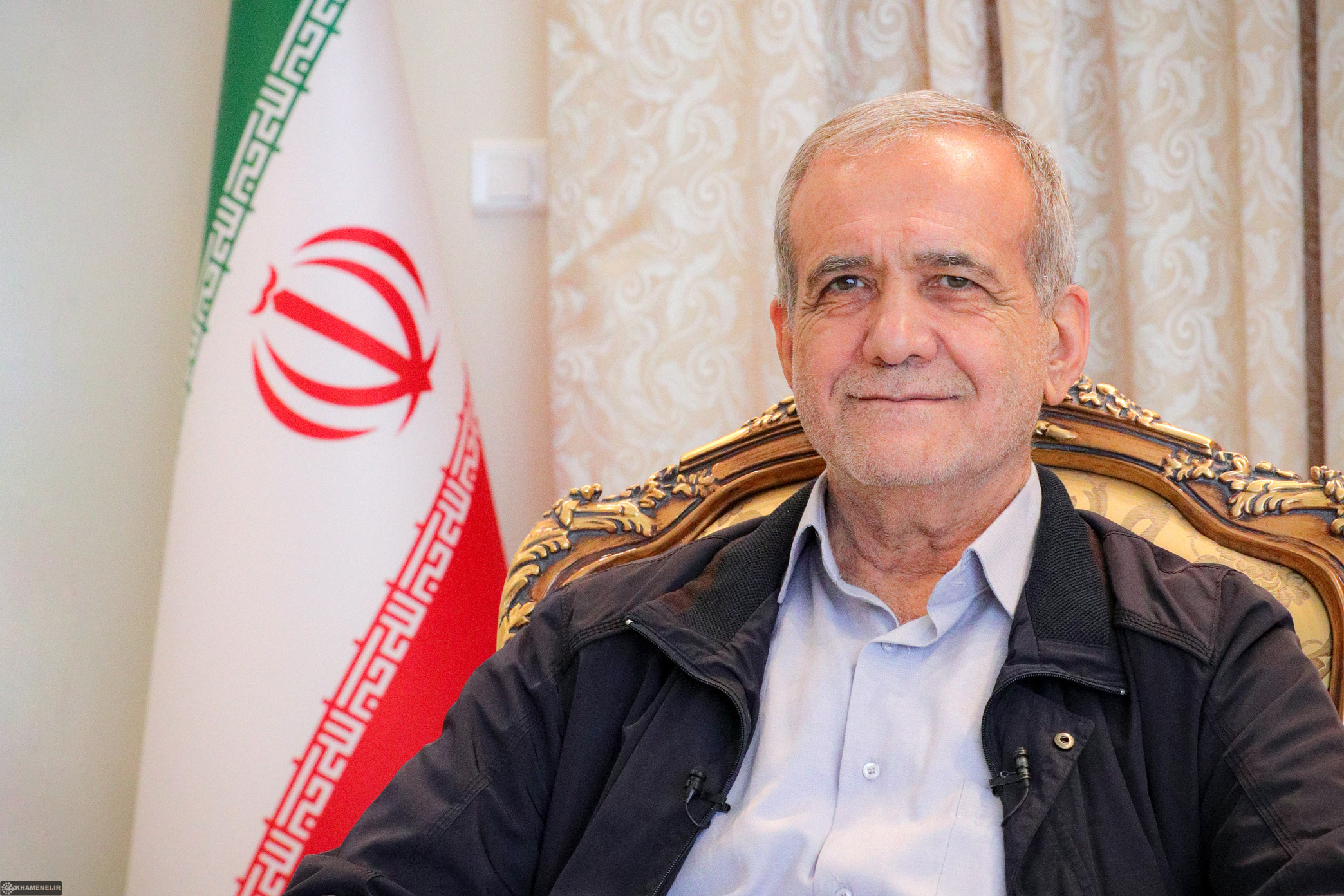
Iran has been in the spotlight for much of the last year due to the ongoing conflict in the Middle East, but what has received little attention thus far is the country’s recent presidential election. The previous president, Raisi, died in a helicopter crash in May earlier this year, triggering the surprise election. In the first round, two candidates, Masoud Pezeshkian and Saeed Jalili, garnered enough votes to make it to the runoff. Each was from a different political camp in Iran: Pezeshkian, a Reformist and Jalili, a Principlist (Iranian ultra-conservatives). Pezeshkian was the only Reformist on the ballot. On July 5th, 2024, the country went to the polls and Pezeshkian was elected as the new president of Iran. This was four months ago now and Pezeshkian is the first reformist president in almost two decades, promising change in Iran. But has this happened? What has or has not changed? And what is next for Iran?
Before examining the significance of this election, it is important to cover the key conditions of Iranian politics. Although there may be a president in Iran, the ultimate power is held by the Supreme Leader, a position currently held by Ali Khamenei. Khamenei has the final say in all matters. He keeps his Revolutionary Guards close, often using them to suppress dissidents; they answer directly to him. That said, there are some areas he cannot reach and other players he cannot control. Ultimately, the government is made up predominantly of Principlists who worship Khamenei since he keeps them in power. In theory, the president has control over economic policies and the Supreme National Security Council, but in practice, the Supreme Leader dictates all matters, both foreign and domestic.
There is already little that Pezeshkian can do within his presidential role without challenging the Supreme Leader. Those who saw this election as a promise of change in Iran, of better relations with the West and improved rights, are likely to be disappointed. Already, the fact that he was allowed to run suggests that Khamenei is one step ahead. Either Pezeshkian is not really a Reformist—which I will get to later—or Khamenei simply wants to keep his enemies close. It is likely that Khamenei understands public distress over recent events such as the 2022 protests, motivating him to signal that Iran is moving towards reform. But the actuality of this seems improbable. Mohammad Khatami, a previous Reformist president elected in 1997, also promised reform but was not able to push through any meaningful change due to government opposition. In fact, it seems Khatami’s presidency may have exacerbated the public’s disillusionment with the idea of change from within the government, contributing to the 2009 presidential protests.
Some have observed that Pezeshkian is not much of a Reformist in the first place, a claim which does have some substance. He has repeatedly praised the guidance of Khamenei and thanked him in his victory speech. He has also emphasised the importance of following the wishes of the Supreme Leader and has gone as far as to describe himself as a “reformist Principlist”. In Pezeshkian’s words, this means that “I am a Principlist, and it is for these principles that we seek reform.” In terms of his outlook on foreign policy, nothing much has changed at all from the previous administration. Despite the promise of improving relations with the West, Pezeshkian seems to have made no attempt at this, and just recently, Iran has been accused of sending ballistic missiles to Russia—something they deny, but if true, would, of course, upset the West, the US in particular. He has also expressed fervent support for the Axis of Resistance, a network of autonomous militant Islamist groups through which Iran can project power, vowing to continue to supply and support it. The Axis of Resistance is markedly anti-Western, especially against the US and Israel, so continuing to support it while also wishing for closer ties to the West is a contradiction that demonstrates a lack of commitment to reform.
In domestic policy, he also does not seem to be faring much better. Pezeshkian’s cabinet was approved in its entirety, with no rejections, for the first time since 2001. But this is because it includes a large number of hardliners and members of the previous Raisi administration, which has caused outrage in Iran. His choice for Interior Minister, Eskander Momeni, was arguably the most controversial. Momeni has made comments on the importance of enforcing the hijab, a key cause of public agitation and something that in the past Pezeshkian has actually criticised. That said, there have been some victories for the president—for example, two cabinet members are from minority groups and one is female. But in general, the administration has enough hardliners to make his mission to reform difficult.
Based on the conditions of the presidential role in Iran, there is not much the new president can do, so criticising him for this lack of change seems unfair. If he were to try and push through meaningful change by attempting to appoint a reformist cabinet, it would get vetoed by the Supreme Leader and his inner circle. If he appoints a mixed cabinet, as he has done, it is unlikely any change will occur. It is also fair to say that it is still early days and the raging conflict in the Middle East was always bound to create tension and make enacting new policies difficult. But as it stands, it appears that the situation in Iran will continue much the same as it has in the last few years. The promise of change through a Reformist president is turning out to be false.
Image: Masoud Pezeshkian, Khamenei.ir, from Wikimedia Commons, 2024// CC 4.0



Average Rating